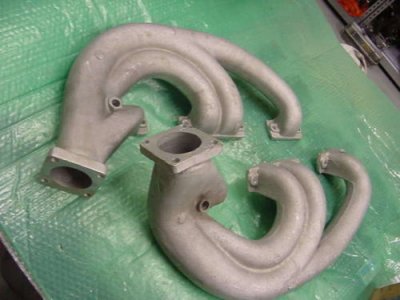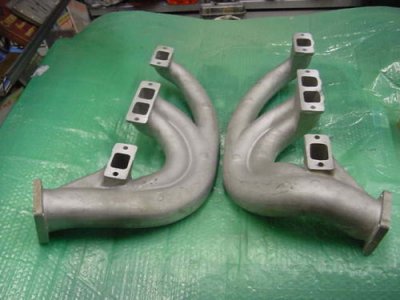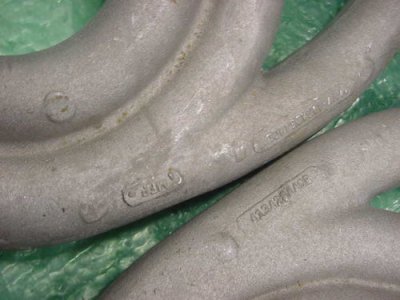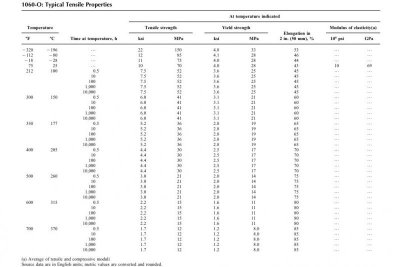62 Dart Convertible
Well-Known Member
Saw these on eBay. Aluminium versions of Max Wedge exhaust manifolds. I like the weight saving idea, but I would think there is a reason exhaust manifolds are not normally made of aluminium. Like they would crack. Or melt. Or crack, then melt....
Opinions?
Link - http://www.ebay.com/itm/Dodge-Plymouth-60s-Era-Max-Wedge-Alum-Exhaust-Manifolds-/371219763000?pt=Vintage_Car_Truck_Parts_Accessories&hash=item566e6c0f38&vxp=mtr
Pics -


Opinions?
Link - http://www.ebay.com/itm/Dodge-Plymouth-60s-Era-Max-Wedge-Alum-Exhaust-Manifolds-/371219763000?pt=Vintage_Car_Truck_Parts_Accessories&hash=item566e6c0f38&vxp=mtr
Pics -




















